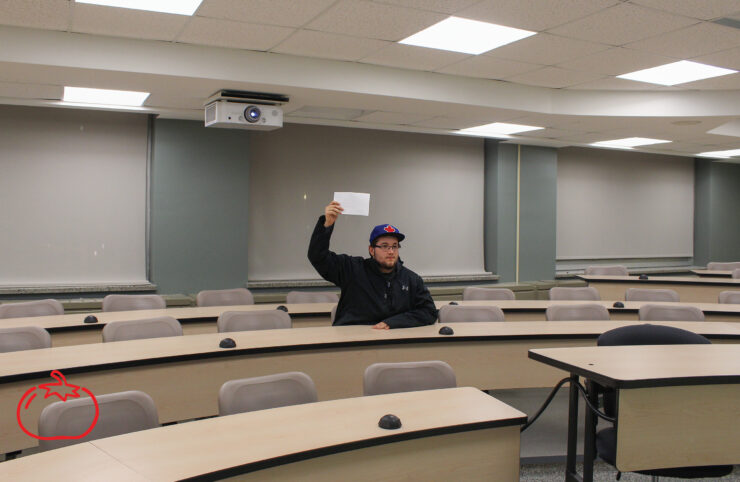Why being poor is hurting us
Stephen Hampton | Fulcrum Contributor
THE ECONOMY: TWO words that are uttered constantly in our society. In its current state, our economy may not be broken, but the media, average Canadians, and the Canadian government are nevertheless left wondering how to fix it. It has seen better days, and the potential solutions aren’t looking up either.
The current government feels that the best way to fix the economy is to cut unnecessary spending, open Canadian borders to foreign business, and give tax breaks to the largest and wealthiest companies so as to stimulate job growth in those sectors. All of these solutions have merit in theory. But this isn’t theory; this is reality.
The Canadian economy has not recovered from the recession, and it’s not growing. According to Statistics Canada, unemployment is at 7.1 per cent. The reason for these lackluster results is because the solutions being put into place are shallow, Band-Aid solutions. They don’t address the real problem for Canada’s economic woes: poverty.
It’s an issue that is directly impacted by the economy. Poverty and inequality create costs. As long as there’s poverty, there will be greater demands on the health-care and criminal justice systems. There’s also the harmful and unwholesome divisions we’ve created based on economic status and class. While the social impact of poverty is a complex and difficult issue, we’ve overlooked another issue that ironically deals with money too. Just how much does poverty cost Canadians? According to the not-for-profit organization Canada Without Poverty, the number is just over $2,000 per Canadian per year—on a national scale, anywhere from 72 to 86 billion dollars annually.
If poverty and inequality are costing Canadians upwards of $72 billion a year, why are we placing so little emphasis on solving these problems? Reducing poverty and shrinking inequality involves taboos. There’s still the belief that people living under the poverty line are there because they choose to be. That stigma still hasn’t gone away, and as long as it exists, poverty in Canada doesn’t stand a chance of being eradicated.
Tackling this complex issue begins with investing in education—the more educated Canadians are, the better life opportunities they will have. The second step is strengthening communities by fostering positive local initiatives. The third step is to start viewing social assistance as a goal of removing barriers and increasing opportunity, not as a social handout.
According to Canadian not-for-profit End Poverty Now, 3.5 million Canadians live in poverty. Canada’s child poverty rate of 15 per cent is three times as high as the rates of Sweden, Norway, or Finland. Every month, 770,000 people in Canada use food banks. Forty percent of those relying on food banks are children. With statistics like these, we’ve got to ask ourselves, “How can we not afford to reduce




